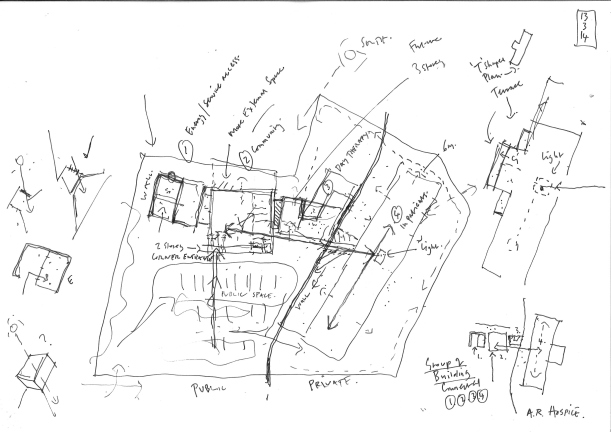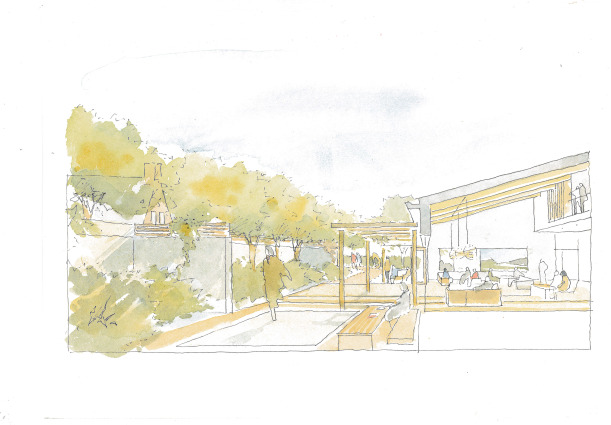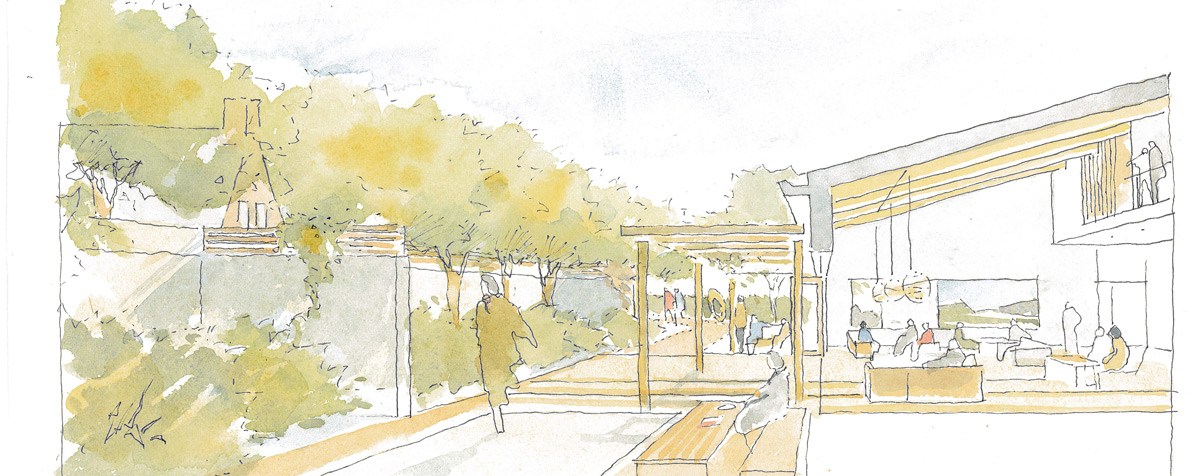News
THE POWER OF THE PENCIL: WHY THE SKETCH STILL PLAYS AN IMPORTANT ROLE IN THE DESIGN PROCESS
The Power of the Pencil: why the sketch still plays an important role in the design process
Design Director at LSI Architects and a talented watercolour artist who has exhibited at the Royal Academy Summer Exhibition, Peter Hughes is a passionate advocate of the value of drawing and sketching, alongside digital technology. Here, Peter explains why the sketch still still plays an important role in the design process.
Freehand sketches as a design tool
In the last decade there have been some remarkable developments in digital technology and the exponential curve of development in computer technology over the last 30 years is beyond anything any of us would have imagined possible.
I have always felt that drawing is a way of seeing. Although CAD is wonderful and here to stay, I don’t think it will ever quite replace the immediacy of the sketch as a way of exploring and explaining initial ideas about a project.
When it comes to the initial stages of a project architects prefer the pencil to the mouse. The pencil provides the directness of thought that cannot be replicated with a mouse. The speed of mind to hand, to paper – a process that can also be shared with others.
The pencil is a wonderful tool for creative investigation and cannot be matched in this iterative design process of statement, correction, statement, overlay, statement, correction, overlay etc. This is a non-linear process that requires a commitment to attain the best design solution. A good days work can sometimes be judged by the quantity of worked and reworked detail paper!

Freehand Sketches as a means of communicating ideas
With the advent of digital technology there is an expectation that a CGI is the preferred method of selling or communicating an idea or design. However there are occasions in the early stages of a design when there is insufficient information available to develop a convincing CGI.
The advantage of a sketch is that it allows the viewer to engage with the process and use their own imagination to complete the image. A sketch can also be reassuring as it conveys a feeling of work being at a stage in development, rather than all resolved which invariably it isn’t! This can suggest to the viewer, a client or planner, that there is scope for further design development and they have the opportunity to engage with the process.There is an excellent book called Architects Sketchbooks, by Will Jones and Narinder Sagoo and published by Thames and Hudson, which clearly explains the importance of the sketch in the design process, and is well worth a read for anybody who is interested in the value of the hand drawn sketch.


